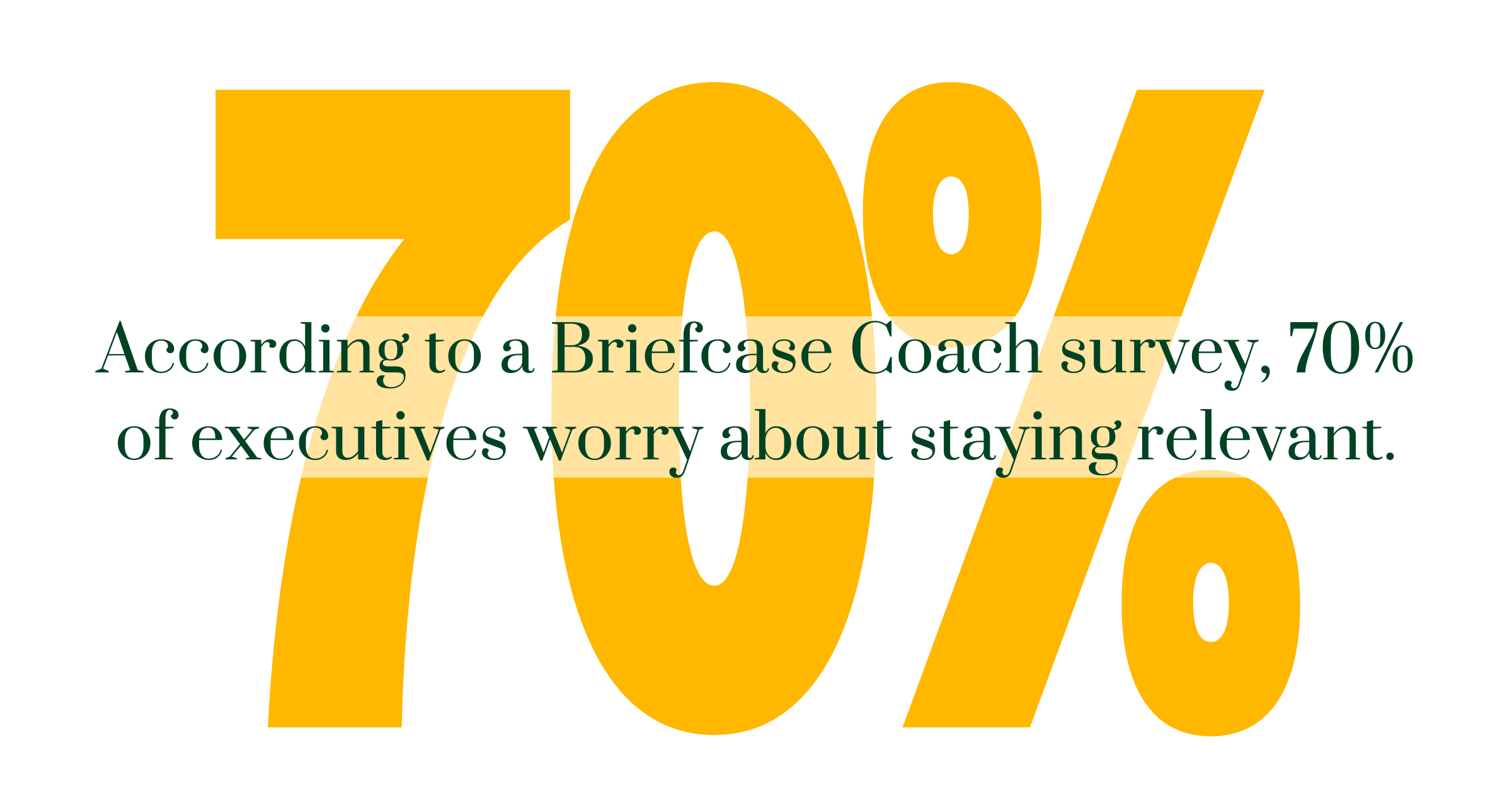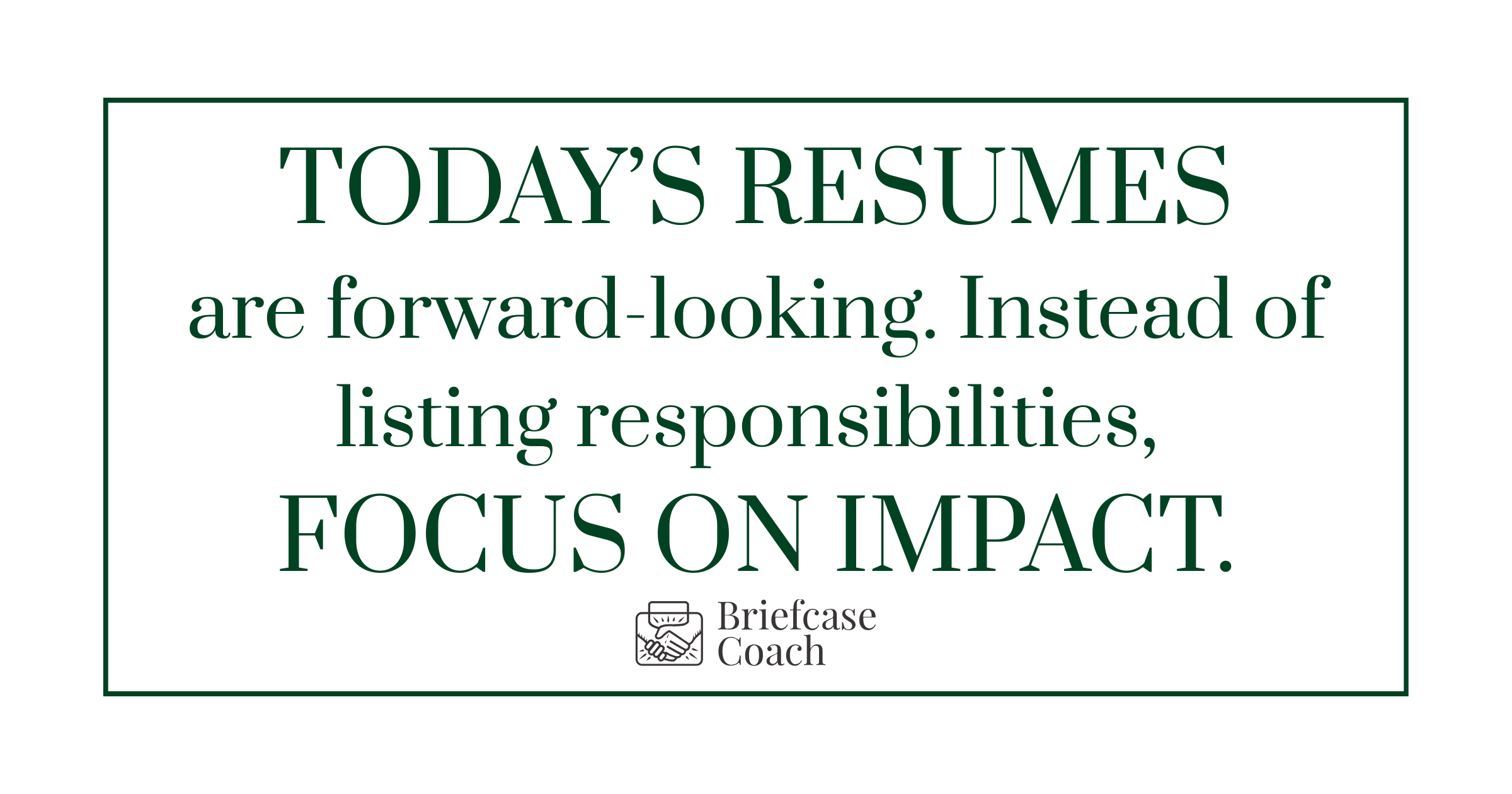
Combating Ageism and Remaining Relevant in a Rapidly Changing Job Market
In a professional landscape defined by rapid innovation, shifting workplace norms, and emerging technologies, staying relevant can feel like a moving target—especially for seasoned executives. With the rise of AI, automation, and younger, tech-savvy leaders stepping into prominent roles, many experienced professionals find themselves grappling with a new and often uncomfortable question: “Do I still belong here?”
That question, though quiet, carries weight. A 50-year-old former vice president recently reflected, “I’ve been out of work for six months… Deep down, I know I’m savvy and resilient, but I can’t shake this feeling.” That feeling—that gnawing self-doubt—isn’t rare. In fact, it’s increasingly common. Even the most accomplished leaders are asking themselves if their experience still translates in today’s market, if they’re keeping up with trends fast enough, or if they’re being silently passed over in favor of younger, supposedly more agile professionals.
Welcome to the reality of ageism—an undercurrent in modern hiring and promotion practices that affects countless professionals, especially those over 40. While this bias is often unspoken, its impact is profound, influencing how careers evolve and how professionals are perceived at pivotal moments. But here’s the good news: ageism can be challenged. More importantly, you can take practical, empowering steps to remain not just relevant—but in demand.
The Quiet Cost of Ageism in the Job Market at the Executive Level
Ageism doesn’t always show up in overt ways. Often, it arrives subtly—through missed opportunities, lack of feedback, stalled advancement, or being quietly excluded from strategic initiatives. For executives, these signs can be particularly disorienting. You may notice you’re no longer invited to innovation task forces or aren’t considered for new board roles. Colleagues might assume you’re “winding down” or uninterested in learning new platforms—even if you’ve never stopped growing.
This perception gap can impact key aspects of an executive’s career. Career progression may stall, not because of a lack of capability but due to the assumption that you’re nearing the end of your professional journey. Compensation may become stagnant, with recruiters lowballing offers on the assumption that you’ll “take what you can get” because you’re older. You might be unfairly labeled as resistant to change or technologically behind—even if you’ve been driving transformation your entire career.
Succession planning, a critical part of leadership strategy, can also reflect bias. When executives over 50 are left out of these discussions—not because they’re underperforming, but because they’re assumed to be on the way out—it sends a message: your time has passed. Add to that the relentless pace of change in today’s business world, and it’s no wonder that even high-performers can start to internalize doubt.
Executives Are Worried About Ageism —And They’re Not Alone
To better understand the scope of this issue, I recently conducted a LinkedIn poll asking executives how often they worry about becoming irrelevant. The results were revealing.

Only 20% said they never worry and feel confident in their continued impact. Thirty-nine percent admitted to occasional concerns. Another 30% said they often worry, and a full 10% described it as a constant fear. That means nearly 70% of executives are wrestling with anxiety about staying relevant in today’s workforce.
These aren’t professionals on the margins. These are proven leaders—people with decades of experience, successful track records, and deep institutional knowledge. And still, the fear of obsolescence looms large.
But if the fear is widespread, so is the potential for change. You don’t need to overhaul your identity or chase every trend to remain relevant. Instead, what works best is intentional evolution. By taking proactive steps, you can quiet self-doubt, project confidence, and demonstrate to the market—and yourself—that you’re more essential than ever.
Let’s explore four high-impact ways to do just that.
1. Modernize Your Wardrobe: Look the Part, Lead the Room
Appearance isn’t everything—but in professional environments, it often speaks before you do. The clothes you wear convey a story about how you see yourself and how tuned-in you are to your environment. That story matters.

Your style doesn’t need to mimic that of a 30-something startup founder. Instead, aim for polish, confidence, and relevance. If your wardrobe hasn’t evolved much since the early 2000s—or even the 2010s—it might be time for a refresh. As one Reddit commenter wisely observed, “When we were younger, we were told to dress like our boss. But our bosses were Boomers. Check your shoes and fit.”
Today, sleek tailoring, clean lines, and well-fitting pieces help project modernity and self-awareness. Shoes are often overlooked but are one of the fastest tells of whether someone’s style is up-to-date. Accessorize with intention: smart watches, quality glasses, and structured bags can elevate your look without shouting for attention.
Importantly, dressing well doesn’t mean losing your identity. It’s about honoring where you are in your career while showing that you’re still fully engaged in today’s business culture. When you feel good in what you’re wearing, you naturally project authority and relevance—qualities every leader needs.
2. Control the Controllables: Own Your Brand, Shape Your Narrative
While age bias might exist in the minds of others, how you present yourself—online and offline—can heavily influence perception. One of the most powerful ways to stay ahead is by owning your personal brand. Start with your resume. Many executives make the mistake of simply adding their most recent role to a 20-year-old format, but hiring trends have changed.

Today’s resumes are forward-looking. Instead of listing responsibilities, focus on impact. What did you deliver? What problems did you solve? What teams did you lead through crisis or change? Keep your language concise, metrics-focused, and aligned with the roles you’re targeting next—not the ones you held a decade ago.
Your LinkedIn profile is just as important, if not more so. Hiring managers, recruiters, and board members often look here first. Make sure your profile picture is current. Your headline should reflect where you’re headed, not just where you’ve been. Fill your “About” section with a compelling summary that highlights your leadership strengths and vision for the future. Use keywords that match your industry’s evolving language. Add certifications, articles, and speaking engagements that reflect continued learning.
This is also a great time to upskill. Taking a course in emerging technology or methodology—even something as accessible as a Coursera or LinkedIn Learning class—signals that you’re not coasting. You’re engaged. Curious. Ready. As resume expert Matt Tooker puts it, “Prioritize where you need to play catch-up and focus your efforts to make it less daunting.” You don’t need to learn everything—but learning something new keeps your edge sharp and your mindset fresh.
3. Reconnect with Your Network: Relationships Are Relevance
When job searches stall or self-doubt creeps in, it’s tempting to retreat. But that’s when connection matters most. Your professional network is not just a safety net—it’s an engine for opportunity, perspective, and visibility.
Many executives underestimate the value of reaching out. They assume they’ll bother people or appear needy. In reality, most professionals are glad to reconnect—and often flattered to be asked for advice or input. Set up informal calls with people you’ve worked with or admired. Not to ask for a job, but to exchange ideas, catch up on industry trends, or simply let them know you’re exploring new opportunities.
Attend in-person events if you can—industry conferences, alumni panels, or association meetups. These aren’t just good for your career; they’re good for your energy. They remind you that you’re part of something larger, part of a conversation that’s still evolving. And when you show up with presence and perspective, people remember you.
LinkedIn can also be a powerful tool, but only if you engage. Comment on others’ posts with thoughtful insights. Share an article and your take on it. Post reflections on leadership, change, or a recent challenge. When you’re visible in your professional community, you reinforce your relevance every time you hit “publish.”
4. Tame Imposter Syndrome: Reframe the Story in Your Head
Even the most confident leaders hit moments of doubt—especially after a layoff, career pause, or difficult market stretch. Imposter syndrome doesn’t discriminate by age or title. It often shows up in high achievers during times of uncertainty, whispering lies like “You’ve lost your edge” or “You don’t belong in this space anymore.”
But here’s the truth: the skills that got you here—communication, decision-making, relationship-building, strategic thinking—are still deeply relevant. In fact, as organizations struggle to navigate complexity and constant change, they need more of those skills, not less.

Chris Young, a learning and development leader, puts it succinctly: “Communications, leadership, project management, critical & creative thinking are evergreen competencies… Tell the internal imposter to pipe down.” These aren’t trendy skills that fluctuate with market hype. They are foundational strengths that ground organizations through volatility.
To combat imposter syndrome, take time to catalog your achievements—not just your job titles, but your impact. Think about the moments you led a team through a crisis, built something from scratch, mentored rising stars, or made a tough call that paid off. These aren’t past glories. They’re evidence of your capability and your potential.
Also, practice self-compassion. You are allowed to have doubts. You’re allowed to feel uncertain. But don’t let those feelings define your story. Instead, see them as natural—then move forward anyway.
Looking Ahead: You’re Not Done Yet
Ageism is real—but it doesn’t have to write your career’s next chapter. If you’re over 40, 50, or even 60 and still hungry to lead, contribute, and grow, there’s space for you. But staying relevant takes intention. It takes honesty. It takes action.
By updating your image, owning your brand, staying connected, and managing your mindset, you reinforce not only your professional relevance but also your personal sense of purpose. These aren’t just strategies for “survival” in a younger-skewing job market. They’re strategies for thriving—on your terms.
Because here’s the thing: experience isn’t a liability. It’s an asset. When paired with curiosity, confidence, and clarity, it’s one of the most powerful combinations in business today.
And your next opportunity? It may be closer than you think.


Leave a Reply